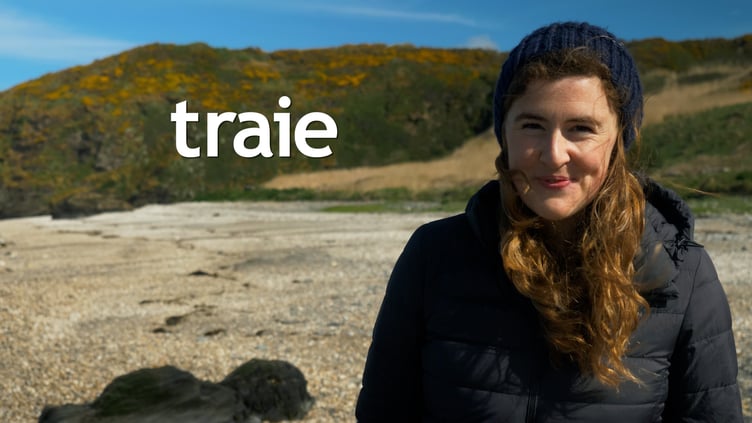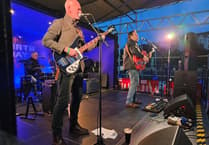Here, Ruth Keggin Gell from Culture Vannin tells us about Manx place names in the latest column from Culture Vannin. Ruth writes:
There’s something quietly powerful about naming a place. It turns open land into somewhere lived-in, known, and remembered: a name turns space into place.
In the Isle of Man, our place names feature a lot of Manx Gaelic and Norse words, and though these names primarily act as geographical markers, they are also rich with our island’s history, stories and culture.
Place names have been on my mind more than usual this past fortnight: I’ve been re-reading the beautiful book ‘Thirty-Two Words for Field’ by recently departed Irish writer Manchán Magan.
Magan’s book brought fresh attention to the depth of Irish names, reminding us that these words show how people, over centuries, have observed, worked with, and felt the land.
Magan believed language holds a kind of magic - it helps us to belong to a place, and connects us to those before us, as well as to each other.
With this sense of connection in mind, let’s look at some common words found in many Manx place names. I’ve included phonetic pronunciations; an ‘uh’ sound represents the sound found at the end of English words like ‘baker’; an ‘a’ represents the ‘a’ you’d hear in English words like “cat”.
Make sure that you put emphasis on syllables that are written in capital letters:
* Balla/balley = farm/village/town/homestead/place (pronounced: BA-la / BA-l’yuh). With balla/balley having so many meanings, they’re found in hundreds of place names! Balley is the original Manx spelling, and is pronounced with a ‘yuh’ sound at the end of the word. Balla is the anglicised spelling.
* Beg/veg = small little (pronounced with a hard ‘g’, like the English word ‘dug’). Beg and veg both mean ‘little’ or ‘small’ – veg is used when the word in front of it is feminine, such as traie (beach/shore, e.g. Traie Veg). Beg or veg are often found in farm names, often indicating an offshoot of the main farm.
* Cronk = hill. You’ll normally find that any description of a hill comes after the word cronk, for example, Cronk Sumark (Primrose Hill).
* Killey = of/near the church (pronounced “KILL-yuh”). This word indicates that a place is, or perhaps was, close to a church, such as the estate Ballakilley in Port Erin (BA-la KILL-yuh), which is named after the nearby “Farm of the Church”.
* Mooar/vooar = large/big/great (pronounced “MOO-ah” or “VOO-ah”). In Manx, adjectives or describing words almost always follows a noun (naming word), so you find ‘mooar’ and vooar in place names like Glion Mooar (Big Glen, also known as ‘Glen Mooar’).
Find out more about Manx place names at Culture Vannin’s friendly, free talk ‘What’s in a Name? Manx language and a sense of place’ on Thursday, November 6 at 7:30pm at the Erin Arts Centre, part of the Cooish Manx language festival.
To book, you can visit https://www.learnmanx.com/features/cooish-manx-language-festival-5th---9th-november-911858//
You can also find short videos exploring Manx place names on Culture Vannin’s website at https://culturevannin.im/

.jpeg?width=209&height=140&crop=209:145,smart&quality=75)



Comments
This article has no comments yet. Be the first to leave a comment.